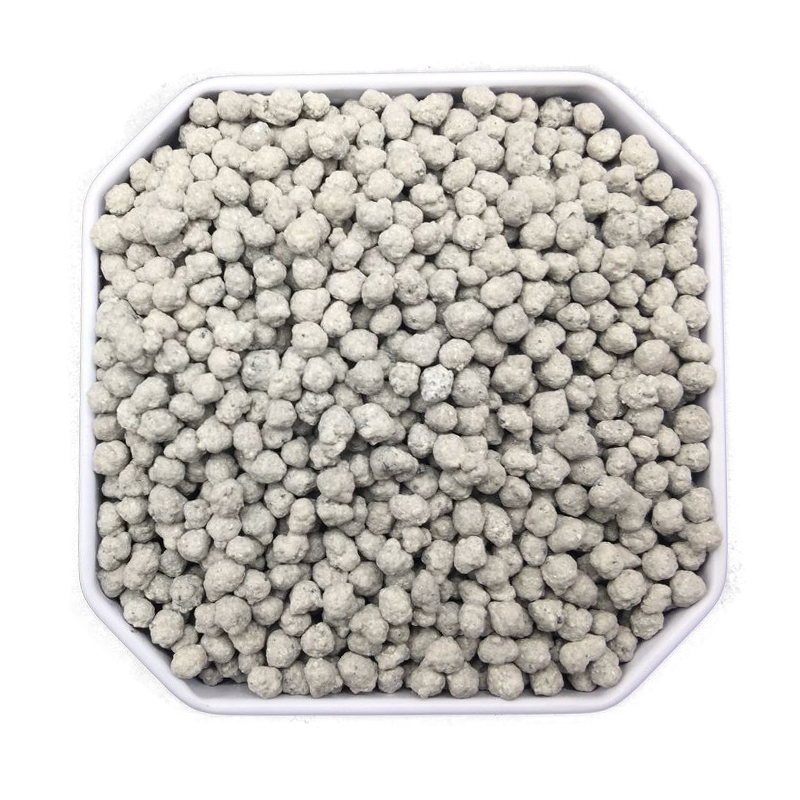
Th10 . 16, 2024 18:18 Back to list
Understanding the Benefits and Uses of Ammonium Phosphate Fertilizer in Agriculture
Understanding Ammonium Phosphate Fertiliser Benefits and Applications
Ammonium phosphate fertiliser, a key player in modern agriculture, has become an essential input for farmers aiming to enhance crop productivity and soil fertility. This compound fertiliser contains nitrogen and phosphorus, two of the primary nutrients required for plant growth. Derived from the reaction of ammonia with phosphorus acids, ammonium phosphate exists in various forms, with the most common being monoammonium phosphate (MAP) and diammonium phosphate (DAP). Each of these forms offers unique properties that cater to specific agricultural needs.
Composition and Nutrient Availability
Monoammonium phosphate (MAP) contains approximately 11% nitrogen and 48% phosphorus, while diammonium phosphate (DAP) contains about 18% nitrogen and 46% phosphorus. These nutrients play a vital role in various plant processes. Nitrogen is crucial for the production of chlorophyll and amino acids, fostering healthy foliage and robust plant growth. Phosphorus, on the other hand, is essential for energy transfer within the plant, root development, and flowering. Notably, the ammonium form of nitrogen in these fertilisers is readily available to plants, which aids in immediate nutrient uptake.
Benefits of Ammonium Phosphate Fertiliser
One of the primary advantages of ammonium phosphate fertiliser is its versatility. It can be applied to various crops, including cereals, legumes, and vegetables, making it an invaluable resource for diverse agricultural systems. Additionally, its ability to dissolve easily in water allows for effective nutrient absorption by plants, leading to improved crop yields.
Moreover, ammonium phosphate promotes better root development. A strong root system is vital for water and nutrient uptake, and the presence of phosphorus encourages lateral root growth, enabling plants to access a broader area of soil. This is particularly important in regions with challenging soil conditions where nutrient availability may be limited.
Another significant benefit is its role in enhancing soil fertility. The application of ammonium phosphate not only provides essential nutrients but also contributes to the overall health of the soil. It can help to neutralize soil acidity when used in conjunction with liming materials, creating a more conducive environment for beneficial soil organisms and improving the soil structure.
ammonium phosphate fertiliser

Application Methods
The application of ammonium phosphate fertiliser can be done through various methods, including broadcasting, banding, and foliar applications
. Broadcasting involves spreading the fertiliser evenly across the soil surface, while banding places the fertiliser in specific rows alongside the seeds, maximizing nutrient availability during critical growth stages. Foliar applications, although less common, can be effective in supplying nutrients during periods of high demand, such as flowering and fruit development.Farmers must carefully consider timing and rates when applying ammonium phosphate fertiliser. It is generally applied during the planting season or early growth stages to ensure that nutrients are readily accessible to the developing plants. Soil testing can aid in determining the appropriate amount needed, preventing over-fertilisation, which can lead to nutrient runoff and environmental concerns.
Environmental Considerations
While ammonium phosphate fertiliser offers many benefits, it is essential to address potential environmental impacts. Over-application can lead to nutrient leaching, which contributes to water pollution through eutrophication. Thus, best management practices, such as soil testing, proper timing, and application rates, are crucial to mitigate these risks.
Additionally, the production of ammonium phosphate fertiliser involves carbon emissions and energy-intensive processes. Therefore, advances in technology and sustainable practices are needed to reduce the environmental footprint associated with its manufacturing.
Conclusion
Ammonium phosphate fertiliser is a cornerstone of modern agriculture, playing a crucial role in enhancing plant growth, soil fertility, and overall agricultural productivity. With its rich nutrient profile and versatile application methods, it provides farmers with the tools necessary to produce abundant and healthy crops. However, careful consideration of its usage is vital to ensure sustainable farming practices that protect our environment while meeting the food production needs of a growing global population. Through a balanced approach, ammonium phosphate can continue to support agricultural advancements for years to come.
-
10 10 10 Fertilizer Organic—Balanced NPK for All Plants
NewsJul.30,2025
-
Premium 10 10 10 Fertilizer Organic for Balanced Plant Growth
NewsJul.29,2025
-
Premium 10 10 10 Fertilizer Organic for Balanced Plant Growth
NewsJul.29,2025
-
Premium 10 10 10 Fertilizer Organic for Balanced Plant Growth
NewsJul.29,2025
-
50 Pound Bags of 13-13-13 Fertilizer for All Plants – Bulk & Organic Options
NewsJul.28,2025
-
High-Efficiency 15-30-15 Granular Fertilizer for Healthy Crops
NewsJul.28,2025
